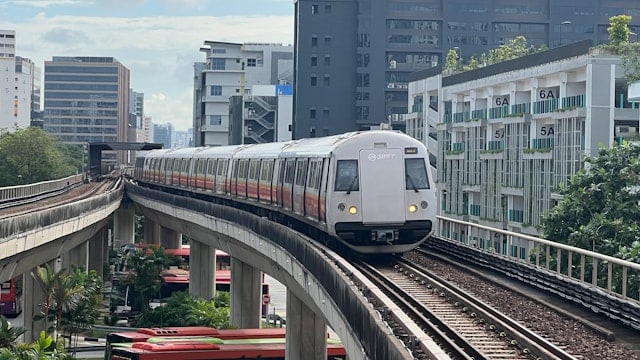As of July 2024, the Bundesamt für Verkehr (BAV) has introduced the CySec-Rail regulations to bolster cybersecurity in railway systems. These regulations emphasize the importance of comprehensive asset management, continuous security monitoring, incident management, and vulnerability management. Here’s an overview of the critical elements:
1. Asset Management (B-03)
Railway operators must maintain an inventory of all data, information, and processing systems. Each asset or category should have an assigned responsible individual. A procedure must be implemented to ensure the inventory is continually updated and classified based on confidentiality, integrity, and availability needs.
2. Security Monitoring (B-07 & B-24)
Systems and networks should be configured to detect and evaluate attacks and anomalies promptly. This includes transferring security-relevant system protocols to a central system for log analysis. Continuous monitoring policies and procedures are crucial to detect and correct cybersecurity threats affecting critical systems.
3. Incident Management (B-08)
Procedures must be established to handle information security incidents, detailing the responsibilities and communication channels during an incident. This includes documenting each step, complying with reporting obligations, and deriving lessons and improvements from incidents.
4. Vulnerability Management (B-20)
A comprehensive vulnerability management system must be in place, clearly defining responsibilities for identifying and reporting vulnerabilities. Risk assessments must be conducted, and decisions made regarding immediate measures and security patches based on these assessments.
5. Identification and Authentication (B-23)
OT systems often have limited user management and authentication options. Compensating measures, such as strong authentication at network zone borders and increased monitoring of system access, must be implemented to address these limitations.
6. Network Segmentation (B-26)
Networks should be segmented based on protection levels and risk analyses. Critical systems must be isolated from other networks to limit damage during an incident. Central services should be redundantly provided across several zones to ensure availability.
7. Availability (B-27a)
Adequate protection against denial-of-service attacks is essential. These attacks must be contained within specific systems or network areas to prevent widespread disruption.
Implementing CySec-Rail with Cervello
The Cervello Platform provides extensive capabilities to help railway operators comply with these regulations:
- Asset Management: Automatically discovers and tracks OT/IoT/IT assets, providing detailed visibility and classification.
- Security Monitoring: Continuous, passive monitoring and real-time threat detection using patented technology tailored to rail-specific protocols and behaviors.
- Incident Management: Optimized response playbooks for efficient threat remediation and recovery, with detailed guidance and collaboration tools.
- Vulnerability Management: High-level visualizations and detailed assessments of vulnerabilities, enabling prioritization and risk mitigation.
- Network Segmentation: Contextual understanding and enforcement of a Zero Trust model, ensuring effective control over network communications.

